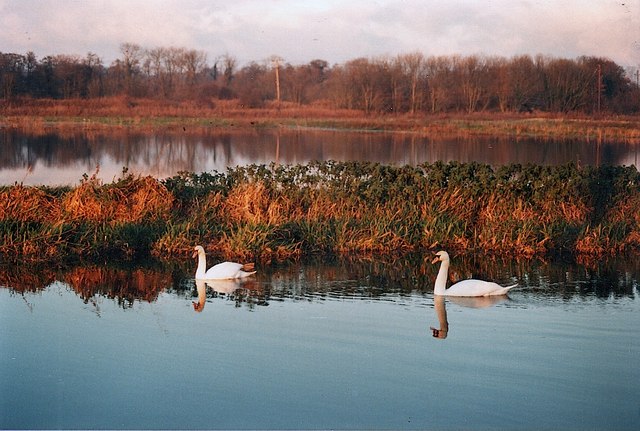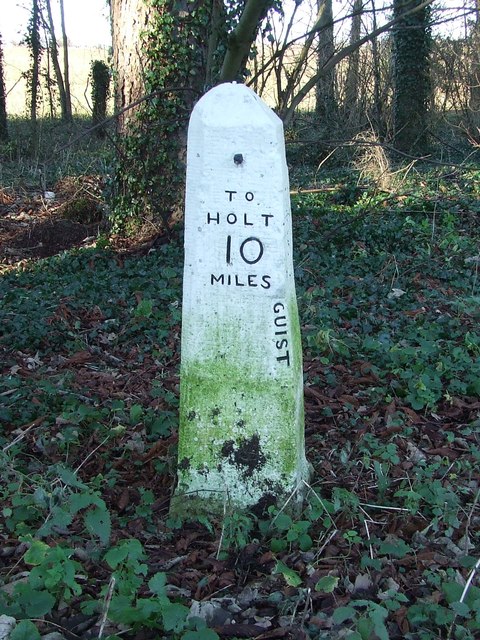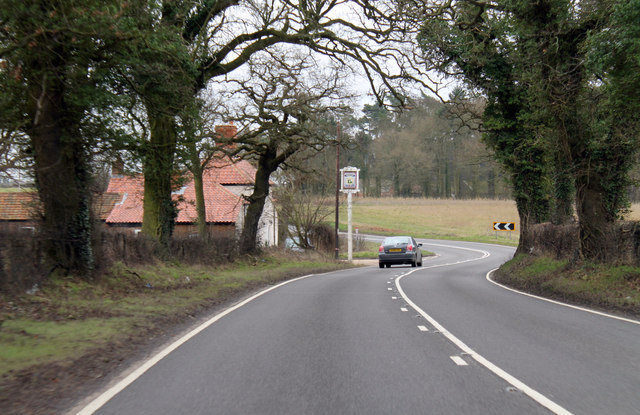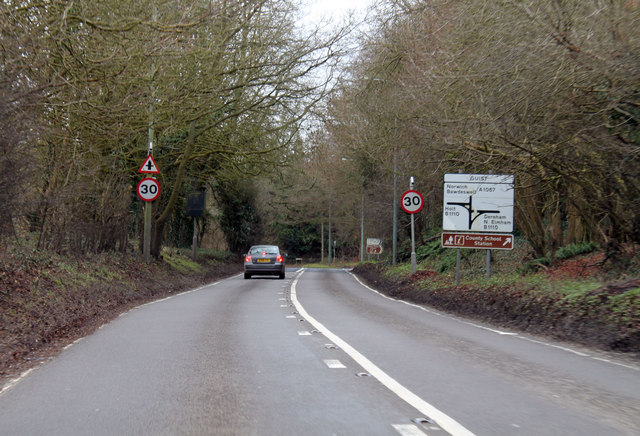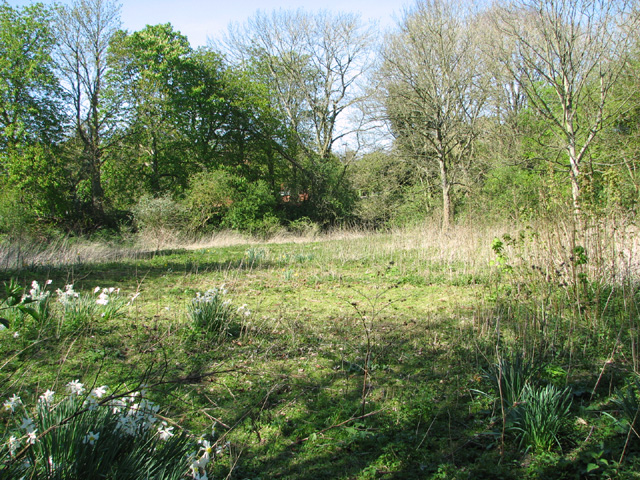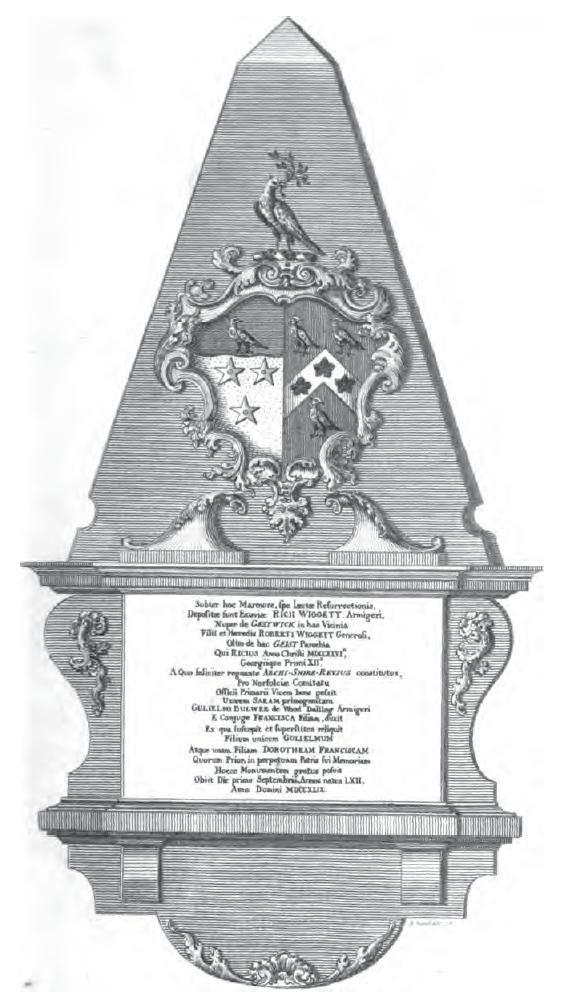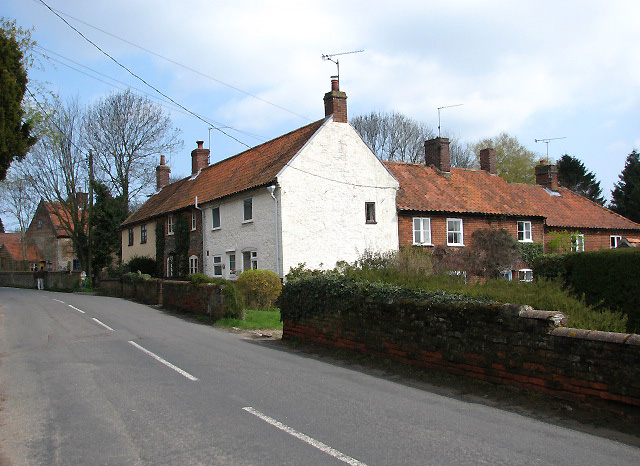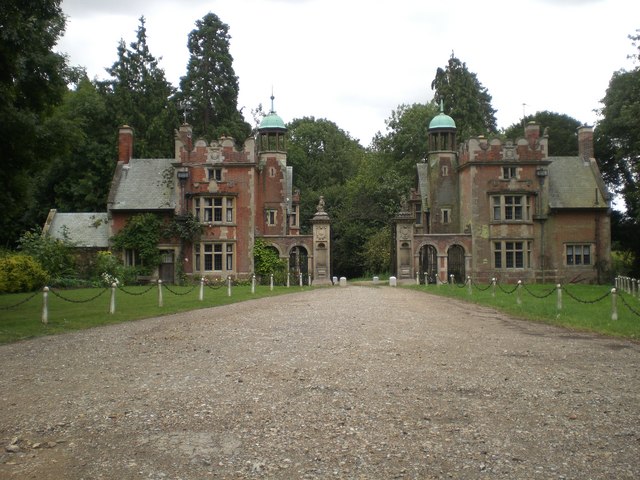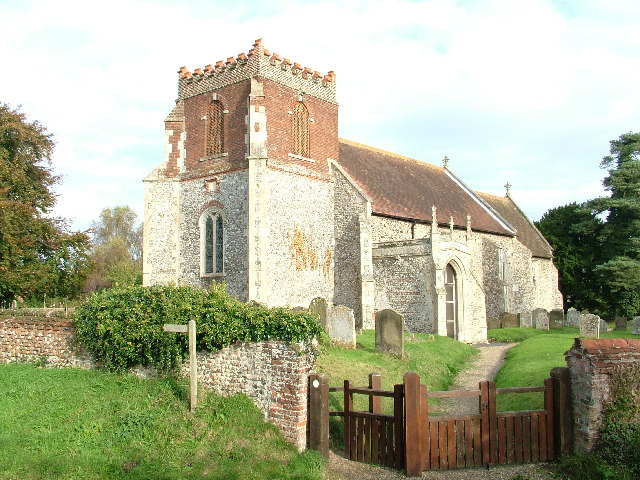Guist Hill
Hill, Mountain in Norfolk Breckland
England
Guist Hill
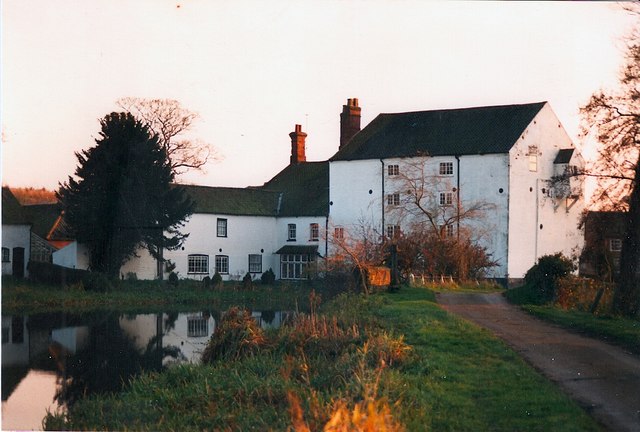
Guist Hill is a prominent geographical feature located in the county of Norfolk, England. Situated near the village of Guist, the hill stands at an elevation of approximately 84 meters (275 feet) above sea level, making it one of the highest points in the region.
This natural landmark is characterized by its gently sloping sides, covered in lush vegetation and scattered with various types of trees, including oak and beech. These trees thrive in the well-drained soil, adding to the overall picturesque scenery. The hill offers panoramic views of the surrounding countryside, with vistas stretching across the Norfolk landscape.
Due to its elevated position, Guist Hill has become a popular destination for outdoor enthusiasts, nature lovers, and hikers. Its well-maintained footpaths and trails provide opportunities for leisurely walks or more challenging hikes, catering to a range of fitness levels. The hill's diverse flora and fauna make it an ideal habitat for a variety of wildlife, including birds, small mammals, and insects.
In addition to its natural beauty, Guist Hill also holds historical significance. Evidence of human activity in the area dates back to prehistoric times, with archaeological discoveries revealing the presence of ancient settlements and burial sites. The hill's strategic location has likely played a role in its historical importance, serving as a vantage point and potentially as a defensive position during various periods of conflict.
Overall, Guist Hill stands as a captivating natural and historical landmark, attracting visitors from near and far who seek to admire its stunning views, explore its trails, and immerse themselves in the rich tapestry of Norfolk's past and present.
If you have any feedback on the listing, please let us know in the comments section below.
Guist Hill Images
Images are sourced within 2km of 52.794523/0.96147266 or Grid Reference TF9925. Thanks to Geograph Open Source API. All images are credited.
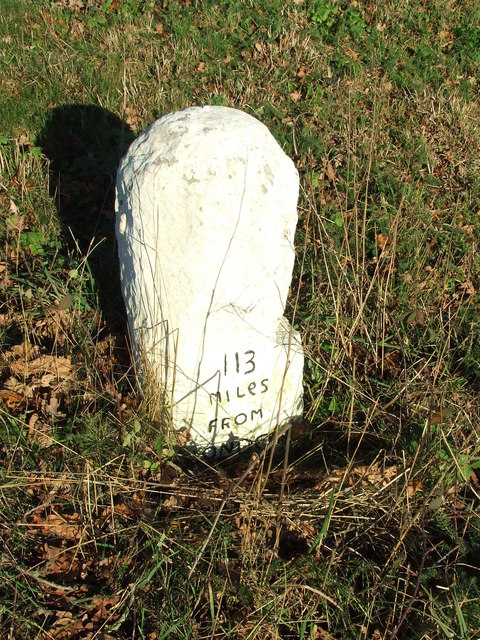
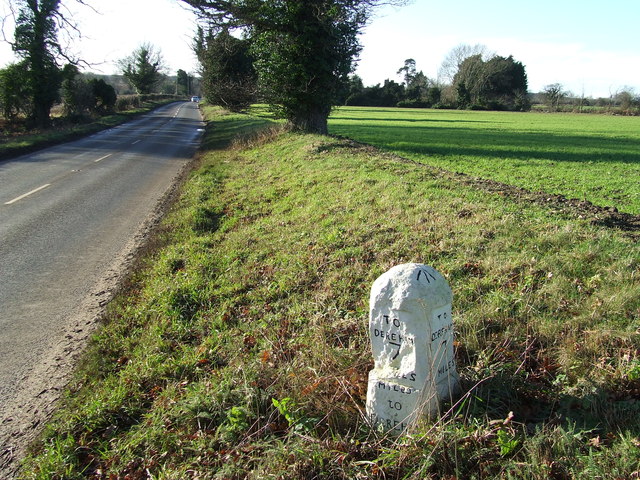
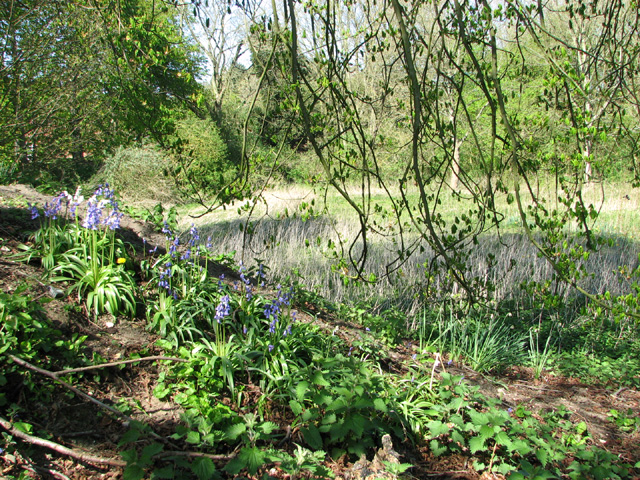
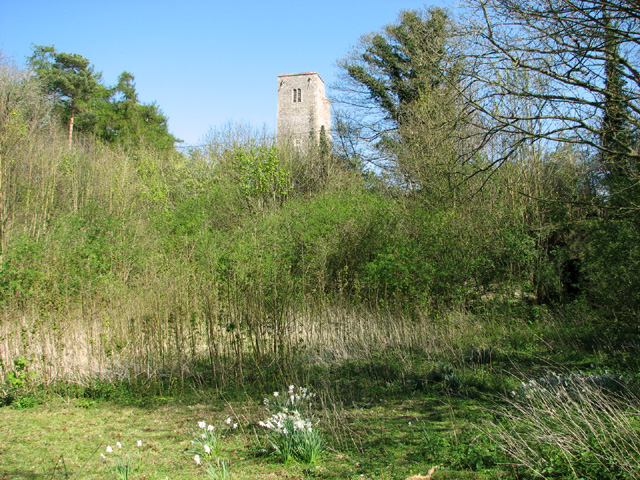
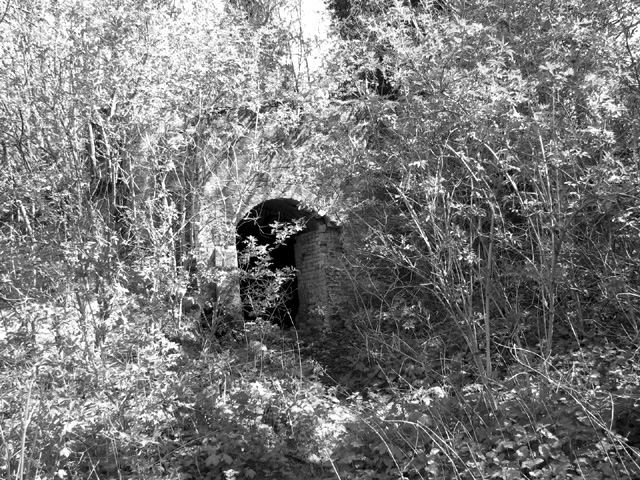
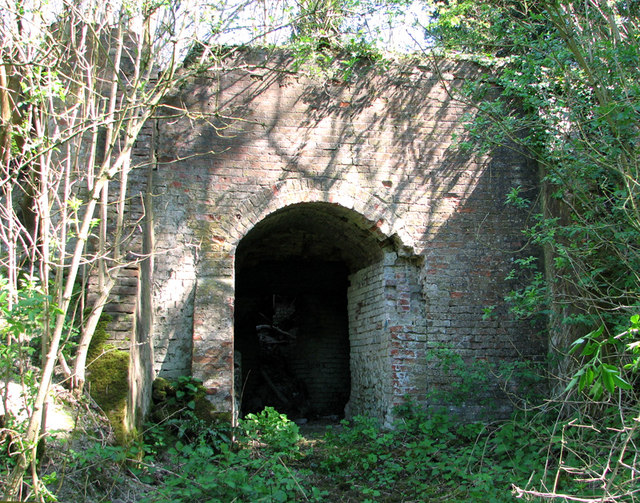
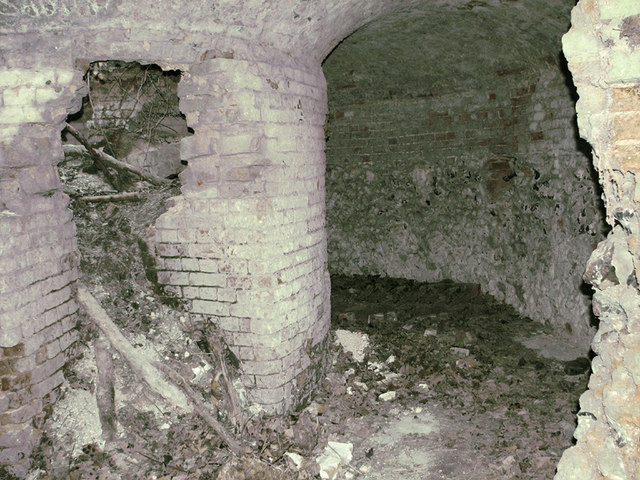



Guist Hill is located at Grid Ref: TF9925 (Lat: 52.794523, Lng: 0.96147266)
Administrative County: Norfolk
District: Breckland
Police Authority: Norfolk
What 3 Words
///wires.clockwork.briskly. Near Foulsham, Norfolk
Nearby Locations
Related Wikis
Guist
Guist () is a village and civil parish in the English county of Norfolk. It covers an area of 6.80 km2 (2.63 sq mi) and had a population of 242 in 102...
B1110 road
The B1110 runs for about 19 miles (31 km) between Holt and Dereham, and is entirely within the county of Norfolk. The road is a link between the A148 and...
Sennowe Hall
Sennowe Hall (also known as Sennowe Park) is a large country house and estate located near the village of Guist in Norfolk, England. The clock tower, the...
Bintry Watermill
Bintry Watermill is located on the River Wensum, about a mile (2 km) west of the village of Bintree in the English county of Norfolk. The watermill is...
Twyford, Norfolk
Twyford is a hamlet and civil parish in the English county of Norfolk. It is situated on the A1067 road, some 12 km (7.5 mi) south-east of the town of...
Wood Norton, Norfolk
Wood Norton is a village and civil parish in the English county of Norfolk. It is located 10 km (6.2 mi) east of Fakenham and 30 km (19 mi) north-west...
Bexfield
Bexfield is a village near Foulsham in Norfolk, England.
Stibbard
Stibbard is a village and civil parish in the English county of Norfolk. The village is 19.3 miles (31.1 km) south-west of Cromer, 21.2 miles (34.1 km...
Nearby Amenities
Located within 500m of 52.794523,0.96147266Have you been to Guist Hill?
Leave your review of Guist Hill below (or comments, questions and feedback).
